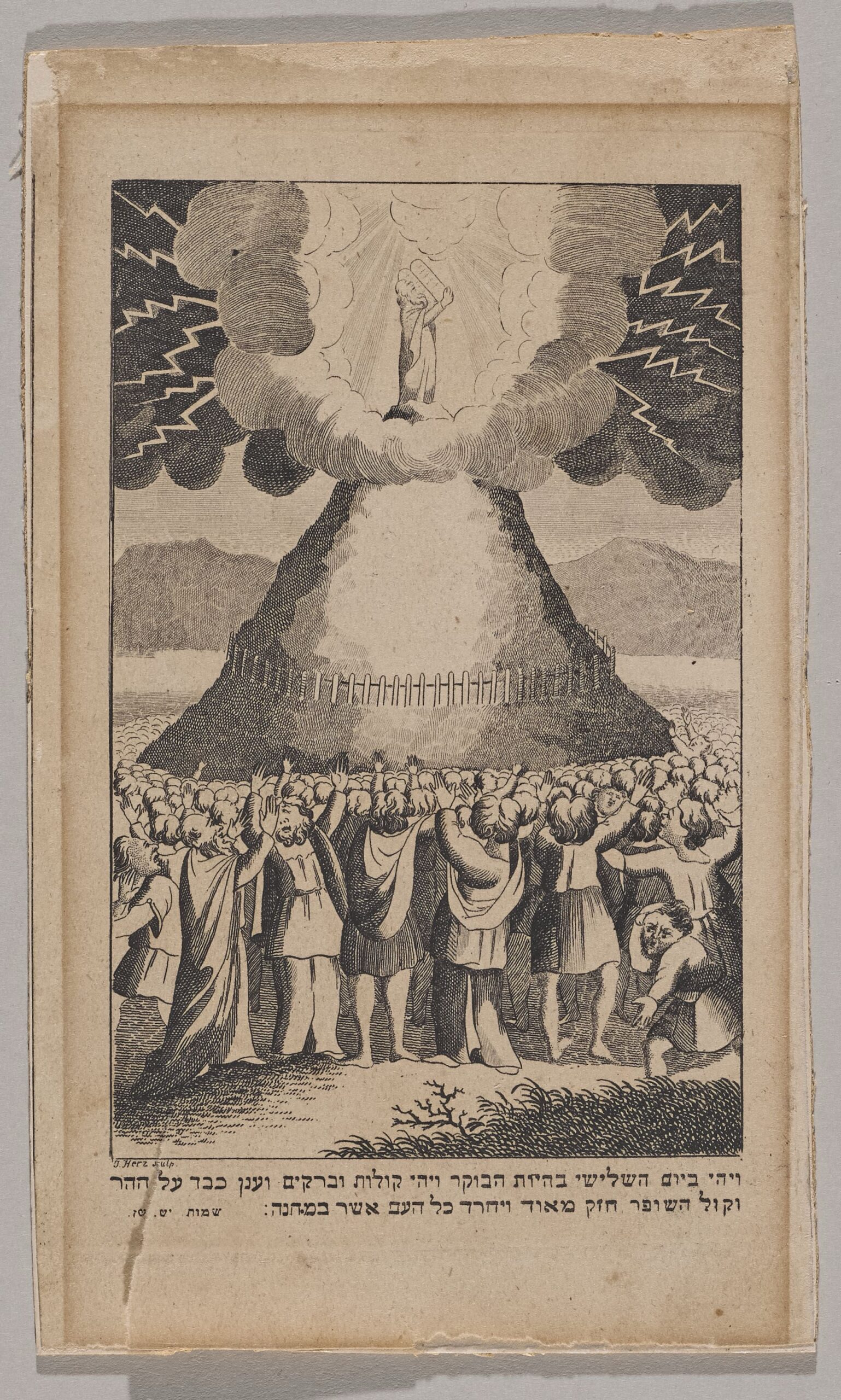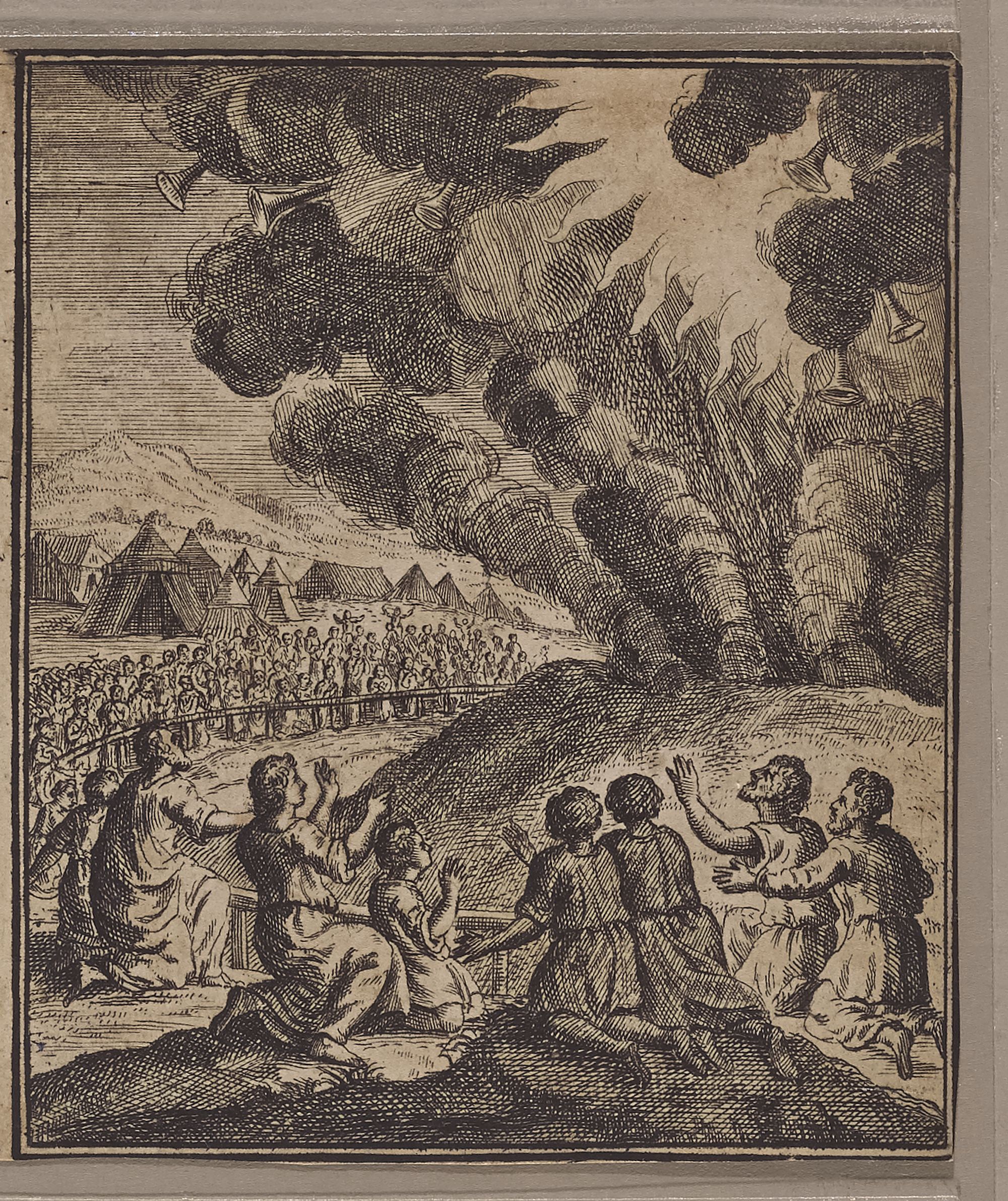Torah Study Date
Saturday, June 22, 2024
Verses Covered
Exodus (Sh’mot) 23:24-23:33
Next Session
Saturday, June 29, 2024
Starting at Exodus 24:1
Last week Rabbi Sara described much of what the Israelites are being commanded to do under the heading of “Don’t assimilate!” That made it somewhat easier to digest passages like the first one we discussed which prohibits bowing down to and serving the other peoples’ gods and engaging in their practices and, instead, requires tearing their gods down and shattering their pillars. R. Myra pointed out the doubling of the verb for tearing down and for smashing. As we have seen, in Hebrew doubling is used for emphasis. We might translate the terms as “completely tear down” and “utterly shatter.” We noted, incredulously, YHVH indicating to them that, if you serve your god, YHVH, your god will bless your bread and water and turn away sickness within you. We noted, in anguish, that God does not turn away sickness. R. Sara asked us if we or they have fulfilled our part of the bargain by really serving God. We noted the same problem and issue about God’s next promise, that there will not be a bereaved or infertile woman in the Israelites’ land and that God will fulfill the number of their days. God is making sure that everyone has a future (through their children), R. Sara pointed out.
God’s promises continue, we noted, with God having his terror go ahead of the people, throwing their enemies into tumult, and giving their enemies to them by the back. God next sends the hornet, making the third thing God sends, the first being the angel, the second the terror, and now the hornet, by which presumably is meant a swarm of hornets, which will drive out the Hivites, the Canaanites, and the Hittites.
Thomas pointed out that at that time people thought gods controlled everything making these claims less surprising to them than to us. Ina pointed out that these promises were the carrot (to precede the proverbial stick). R. Sara pointed out that the word for hornet is a hapax legomenon, Greek for “a term used only once,” making its exact meaning unclear. Alter translates it not as hornet but as “the smasher” and Fox translates it as “despair.”
God then says God will not drive the people out in one year lest the land be devastated and animals proliferate so much that they hurt the Israelites. This seemed prudent but, we noted, it might also be an attempt to explain the later fact that the Israelites did not drive their enemies out of the land all at once. God says he will drive them out little by little until the Israelites are fruitful and possess the land.
YHVH says he will set their border from the Red Sea to the Sea of the Philistines (that is, the Mediterranean Sea) and from the wilderness to the river (namely, the Euphrates). R. Sara pointed out that the area delineated is a huge swath of land. The question of how the land and people relate to the Palestinians and Israelis of today came up and R. Sara reminded us that the recent modern nation-state of Israel is distinct from the Israel of the Torah. Edna was tickled by Alter’s comment that the grandiose borders mentioned would make Biblical Israel something like Texas (since Alter does not usually make joking remarks).
YHVH, somewhat repetitiously, speaks of putting the enemy groups in the Israelites’ hand and the Israelites driving them out and prohibits the Israelites from making a covenant with them or their gods—and adds that those groups shall not even live in the Israelites’ land because they might be a trap for the Israelites and make them sin. Once again, we were distressed by how extreme their god’s commands are. The Israelites are to purify their land of any outsiders at all? I mentioned that there is no founding without injustice—that there are always those included and not included in what is founded, there is always a choice of one group’s language and not another’s, of one group’s names for things and not another’s, so that the goal should be to have as little injustice as possible. We were not particularly mollified by that idea, given how radical the Israelites’ god’s exclusionary commands seemed to us to be.
Our artwork this week is two 19th-century prints, of the revelation at Mount Sinai, from the Jewish Theological Society print collections. One was the frontispiece to a Shavuot prayerbook (Sulzbach, 1827) by Joseph Herz (1776 – 1828) (above). The other is anonymous (below). Herz’s print shows Moses in a cloud on the mountain receiving the tablets while lightning comes out of the cloud. The other print shows clouds on the mountain with horns coming out of them symbolizing the sounds made. Each print shows people below watching.


